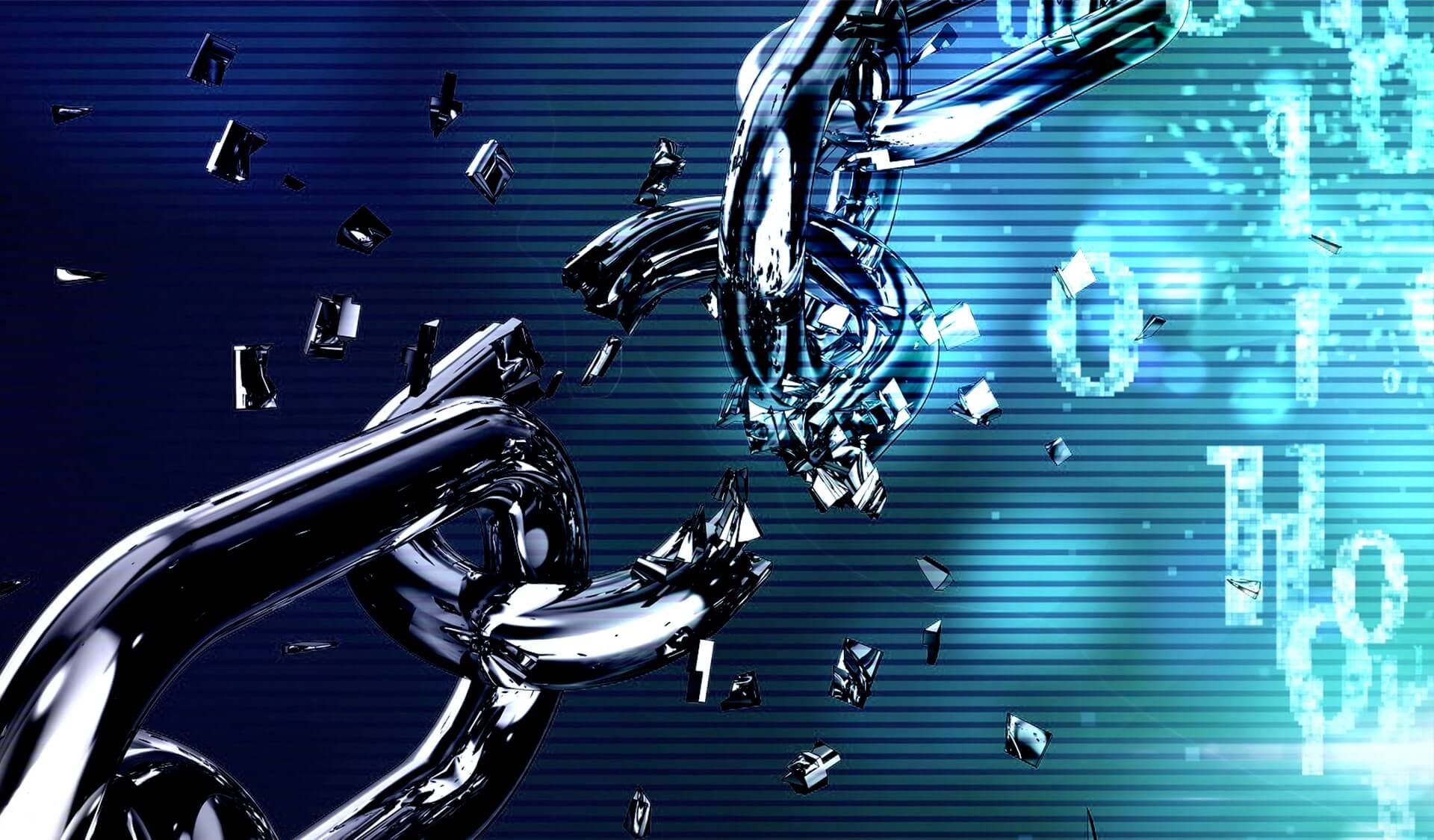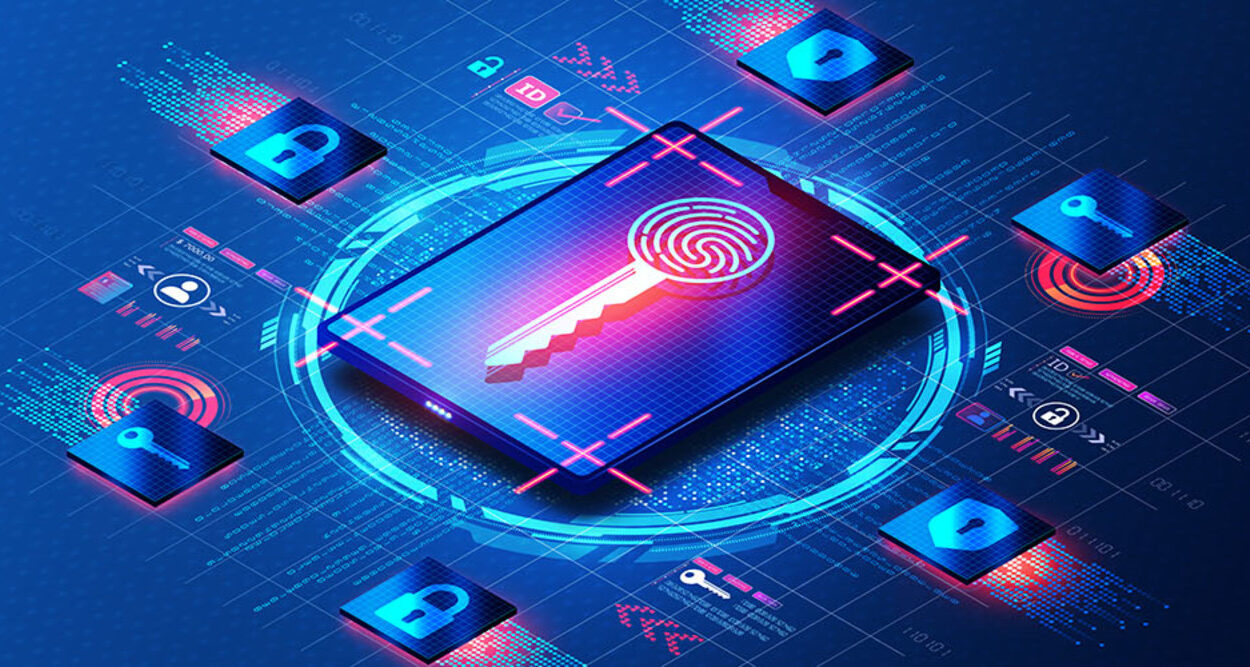In the realm of cybersecurity, understanding how attacks unfold is just as critical as developing defenses to prevent them. Modern cyber threats are rarely random or instantaneous; they are structured, deliberate, and often meticulously planned. One of the most influential frameworks designed to explain the anatomy of these attacks is the Cyber Kill Chain, developed by Lockheed Martin. This model breaks down a cyberattack into a sequence of recognizable stages, offering security professionals insight into how adversaries operate and, more importantly, how to detect and disrupt them at every step.
The Cyber Kill Chain concept transforms cybersecurity from a reactive process into a proactive one. By identifying and understanding the phases an attacker goes through, organizations can implement targeted countermeasures, detect intrusions early, and prevent breaches before significant damage occurs. This framework has become foundational in both defensive strategy and threat intelligence, guiding the way organizations conceptualize cyber warfare in the modern era.
The Origin of the Cyber Kill Chain
The Cyber Kill Chain was introduced by Lockheed Martin in 2011 as part of its Intelligence-Driven Defense model. Drawing inspiration from the military term “kill chain,” which describes the sequence of events required to successfully identify and eliminate a target, Lockheed Martin applied the same logic to cyberspace.
In military doctrine, the kill chain consists of stages such as target identification, force dispatch, decision, and engagement. Interrupting any link in the chain prevents the completion of an attack. Similarly, the Cyber Kill Chain framework divides cyberattacks into multiple phases, from initial reconnaissance to data exfiltration. By breaking down the attack process into discrete, observable steps, defenders can identify points where intervention is most effective.
The Cyber Kill Chain quickly became one of the most widely adopted models in cybersecurity, influencing defensive architecture, security monitoring, and incident response. Although it was originally designed with traditional network-based intrusions in mind, its principles extend across a variety of attack types—from phishing campaigns to nation-state espionage.
The Purpose of the Cyber Kill Chain
The Cyber Kill Chain serves two primary purposes: understanding and disruption. First, it provides a structured framework for understanding how adversaries conduct operations. Rather than viewing an attack as a single event, the model reveals it as a multi-step process involving intelligence gathering, weapon delivery, exploitation, and execution.
Second, the model provides defenders with opportunities to disrupt the attack at every phase. If an organization can detect and neutralize an attacker early in the chain—during reconnaissance or weaponization—it can prevent the attack from progressing to more destructive stages like data theft or system compromise. The earlier the kill chain is interrupted, the less costly the consequences.
Beyond practical defense, the framework also supports post-incident analysis. By mapping an attack to the kill chain phases, security teams can identify which defenses failed, which phases went undetected, and where improvement is needed. In this way, the Cyber Kill Chain functions not only as a tactical tool but also as a strategic lens for continuous improvement.
The Stages of the Cyber Kill Chain
The Cyber Kill Chain is composed of seven sequential stages: reconnaissance, weaponization, delivery, exploitation, installation, command and control, and actions on objectives. Each phase represents a step in the attacker’s progression toward their goal, whether it’s stealing information, disrupting services, or establishing long-term access.
Although the stages are typically presented in sequence, they are not always linear in real-world scenarios. Sophisticated attackers often overlap phases or return to earlier steps to refine their approach. Understanding each phase in depth allows defenders to anticipate attacker behavior and identify intervention points.
Reconnaissance
The first stage of the Cyber Kill Chain, reconnaissance, involves gathering information about the target. Just as a military operation begins with surveillance, a cyberattack begins with intelligence collection. Attackers seek to understand the target’s environment, identify vulnerabilities, and determine potential points of entry.
During this phase, attackers might scan network ranges, identify open ports, and analyze publicly available data. They might also study employee behavior on social media platforms to craft convincing phishing emails or discover exposed credentials on the dark web. Reconnaissance can be passive, where attackers quietly gather information without engaging the target, or active, involving direct probing and scanning that might trigger detection.
Defending against reconnaissance requires limiting the amount of publicly accessible information and monitoring for signs of unusual external scanning or data collection. By recognizing reconnaissance early, organizations can preempt further intrusion attempts and reduce the attacker’s situational advantage.
Weaponization
Once attackers understand their target, they move into weaponization—the process of creating or modifying malicious payloads designed to exploit the discovered vulnerabilities. In this stage, the attacker combines malware with a delivery mechanism, such as a phishing email or a compromised website.
Weaponization often involves crafting specific exploits tailored to the target’s environment. For example, if reconnaissance reveals that the target uses a particular version of software with a known flaw, the attacker may create a payload that takes advantage of that weakness. This phase can also include developing remote access trojans, keyloggers, or ransomware tools.
For defenders, this stage is typically invisible, as it occurs entirely within the attacker’s infrastructure. However, organizations can mitigate the effectiveness of weaponization through vulnerability management and patching, reducing the number of exploitable entry points available to attackers.
Delivery
The delivery phase represents the first direct interaction between attacker and victim. It involves transmitting the malicious payload to the target environment. Delivery can occur through various channels, including email attachments, infected USB drives, compromised websites, or network services.
Phishing is one of the most common delivery methods, where an attacker sends an email designed to trick the recipient into clicking a malicious link or opening an infected file. Drive-by downloads, in which visiting a compromised website automatically installs malware, are another popular technique. More advanced actors may exploit zero-day vulnerabilities to deliver payloads without user interaction.
Defenders can detect and prevent delivery through technologies such as email filtering, web security gateways, and intrusion detection systems. Security awareness training also plays a critical role, helping users recognize suspicious communications and avoid triggering the delivery mechanism.
Exploitation
Once the malicious payload reaches the target, the exploitation phase begins. This is where the attacker takes advantage of a vulnerability to execute code on the target system. The vulnerability might exist in an operating system, application, or even user behavior.
Exploitation is the pivotal moment when the attacker transitions from external observer to active intruder. A successful exploit allows the attacker to run arbitrary commands, escalate privileges, or manipulate the target system’s normal operations. This could involve exploiting an unpatched software flaw, abusing weak security configurations, or convincing a user to enable macros in a malicious document.
To defend against exploitation, organizations must adopt a multi-layered security posture, including endpoint protection, application whitelisting, and regular patch management. Monitoring for unusual system behavior, such as unexpected process creation or privilege escalation, can help detect exploitation attempts early.
Installation
Following successful exploitation, the attacker moves to the installation stage, where they establish persistence within the target system. Persistence ensures that even if the victim reboots or attempts to clean the system, the attacker retains access.
Installation often involves deploying backdoors, rootkits, or remote access tools (RATs). These components enable continuous control and facilitate further actions. Attackers may use encryption, obfuscation, or legitimate software components to hide their presence and evade detection.
Defenders should focus on endpoint detection and response (EDR) systems capable of identifying unusual installation patterns. Application control mechanisms can restrict unauthorized software execution, and continuous monitoring can reveal persistence mechanisms that attempt to survive reboots or updates.
Command and Control
Once the attacker has installed their tools, they establish command and control (C2) communications to remotely manage the compromised system. This phase transforms the infection into an operational platform for further activity. Through the C2 channel, the attacker can issue commands, exfiltrate data, or move laterally within the network.
C2 infrastructure can take many forms, including direct IP connections, encrypted HTTP/S traffic, social media channels, or peer-to-peer networks. Advanced attackers often use stealthy techniques to disguise C2 communications within normal network traffic, making detection difficult.
Network monitoring and behavioral analytics are key defenses against C2 activity. By identifying anomalous outbound traffic, unusual DNS queries, or unauthorized data flows, defenders can detect and disrupt the attacker’s control over compromised systems.
Actions on Objectives
The final stage of the Cyber Kill Chain involves achieving the attacker’s end goal—referred to as “actions on objectives.” The objective varies depending on the motive of the attacker. It may involve data theft, espionage, sabotage, or disruption.
In corporate espionage, the attacker might exfiltrate intellectual property or trade secrets. In ransomware attacks, the goal is to encrypt data and demand payment. In nation-state operations, objectives may include long-term infiltration, intelligence gathering, or destabilization.
At this stage, the attacker consolidates their success, covering tracks and maintaining persistence for potential future operations. For defenders, detection at this phase often means the attack has already succeeded in part. However, forensic analysis and incident response are essential to contain the breach, assess damage, and prevent recurrence.
The Power of Early Detection
The most important lesson of the Cyber Kill Chain is the value of early detection and disruption. Every stage of the chain represents an opportunity to identify and neutralize the attack before it progresses. Stopping an attacker during reconnaissance or delivery is far less costly than discovering them after data exfiltration.
This layered defense approach—known as defense-in-depth—recognizes that no single control is sufficient. Instead, organizations must deploy multiple overlapping safeguards that cover every stage of the attack lifecycle. By combining proactive monitoring, user education, and technical controls, defenders can significantly increase the cost and complexity of successful attacks.
Limitations of the Cyber Kill Chain
While the Cyber Kill Chain remains an influential framework, it is not without criticism. Some experts argue that it was designed primarily for perimeter-based, network intrusion scenarios and does not fully reflect the complexity of modern threats such as cloud attacks, insider threats, or supply chain compromises.
For example, in cloud environments, traditional notions of perimeter defense are less relevant, as attackers often exploit misconfigurations or third-party dependencies rather than direct network access. Similarly, insider threats do not follow the traditional kill chain, since the “attacker” already has authorized access to systems.
Another limitation is its linear structure. Real-world attacks are rarely sequential; they can involve parallel actions, iterative reconnaissance, and adaptive strategies. Adversaries may pause, retool, or skip stages entirely depending on their objectives and the target’s defenses.
Despite these limitations, the Cyber Kill Chain remains valuable when used as a conceptual baseline. It provides a common vocabulary for understanding attack progression and helps security teams coordinate responses across complex environments.
Extensions of the Cyber Kill Chain
To address its limitations, several models have expanded upon the Cyber Kill Chain. The MITRE ATT&CK framework, for instance, offers a more granular view of attacker behavior by cataloging specific tactics, techniques, and procedures (TTPs) observed in real-world incidents. Unlike the linear kill chain, ATT&CK represents a matrix of possible actions, allowing for greater flexibility in mapping complex attacks.
Similarly, the Unified Kill Chain model integrates elements from both the Cyber Kill Chain and MITRE ATT&CK, extending the framework to include pre-compromise and post-exploitation activities. These enhancements make the model more applicable to modern attack surfaces, including cloud environments and hybrid infrastructures.
By combining these frameworks, defenders can gain a holistic understanding of both the technical and behavioral dimensions of attacks. The Cyber Kill Chain remains the foundation, while ATT&CK and Unified Kill Chain build on its principles to reflect evolving threats.
The Role of Threat Intelligence in the Kill Chain
Threat intelligence plays a crucial role in operationalizing the Cyber Kill Chain. By understanding the tactics, techniques, and procedures used by specific adversaries, organizations can anticipate which stages of the chain they are most vulnerable to.
For example, if intelligence reveals that a particular threat group favors spear-phishing as a delivery method, defenders can prioritize email filtering and employee training. If a group is known for using specific command-and-control infrastructures, network defenders can monitor for corresponding indicators of compromise (IOCs).
Integrating threat intelligence into security operations transforms the kill chain from a static model into a dynamic defense mechanism. It allows for predictive defense—anticipating and mitigating attacks before they reach the exploitation stage.
Automation and the Kill Chain
Automation has become increasingly important in managing the complexity of modern cybersecurity. Security Orchestration, Automation, and Response (SOAR) systems can automatically detect and respond to events mapped to different stages of the kill chain.
For instance, if an intrusion detection system identifies suspicious network scanning, automated rules can trigger blocking actions, notify analysts, or collect forensic data. Similarly, email gateways can quarantine suspicious attachments automatically, stopping the delivery phase before it escalates.
By automating detection and response workflows aligned with the kill chain, organizations reduce response time and minimize human error. This integration of automation and the kill chain enhances resilience and allows security teams to focus on strategic analysis rather than repetitive tasks.
The Human Factor in Breaking the Kill Chain
Technology alone cannot fully disrupt the Cyber Kill Chain. Human awareness and behavior play a central role in defense. Attackers often exploit human psychology through social engineering and phishing. Even the most advanced security systems can fail if users unknowingly assist in the delivery or exploitation phases.
Continuous education, realistic phishing simulations, and a culture of security mindfulness are critical. Employees should feel empowered to report suspicious activity without fear of reprimand. By turning users into active participants in security, organizations can significantly strengthen their ability to disrupt the kill chain.
Moreover, collaboration across departments is essential. Security is not just the responsibility of the IT team but a shared organizational priority. Executives, HR, and legal teams must all understand their roles in preventing and responding to attacks.
Applying the Kill Chain to Cloud and Hybrid Environments
As businesses migrate to cloud and hybrid infrastructures, the Cyber Kill Chain must adapt to new architectures. In the cloud, many traditional attack vectors—such as network perimeter breaches—are replaced by misconfigurations, identity theft, and credential abuse.
In this context, reconnaissance may involve scanning for exposed cloud storage buckets or vulnerable APIs. Exploitation may target misconfigured permissions or insecure keys. The installation and C2 phases might rely on legitimate cloud services for persistence and communication.
Defenders in cloud environments must focus on visibility, identity management, and configuration security. Continuous monitoring of cloud activity, coupled with behavior-based analytics, allows for early detection of kill chain phases in dynamic infrastructures.
Integrating the Kill Chain into Incident Response
Incident response teams use the Cyber Kill Chain as a guide for investigation and containment. When an incident occurs, analysts map observed activities to specific kill chain phases to understand how far the attacker has progressed.
For example, evidence of spear-phishing emails corresponds to the delivery stage, while detected privilege escalation aligns with exploitation or installation. This structured mapping allows response teams to prioritize containment actions and identify whether the attack is still active.
Post-incident reviews also benefit from the kill chain framework. By analyzing which stages were missed or delayed in detection, organizations can refine their monitoring, enhance visibility, and close defensive gaps.
The Future of the Cyber Kill Chain
The Cyber Kill Chain continues to evolve as the digital threat landscape changes. As attackers leverage artificial intelligence, automation, and advanced evasion techniques, the kill chain remains a conceptual anchor for understanding their operations.
Future iterations of the model are likely to emphasize adaptability, continuous monitoring, and real-time collaboration. Integration with machine learning-driven analytics will allow defenders to detect subtle correlations between activities across different kill chain stages.
In a world where threats are increasingly fast and complex, the ability to map and disrupt an attack’s progression remains invaluable. The Cyber Kill Chain’s enduring relevance lies in its simplicity—it provides a clear, structured lens through which to view even the most sophisticated cyber threats.
Conclusion
The Cyber Kill Chain stands as one of the most enduring and practical frameworks in cybersecurity. By dissecting the anatomy of an attack into distinct phases, it gives defenders a systematic way to anticipate, detect, and disrupt adversaries. Each stage—reconnaissance, weaponization, delivery, exploitation, installation, command and control, and actions on objectives—represents both a step toward compromise and an opportunity for defense.
Although modern threats have evolved beyond the original scope of the model, the underlying principles remain powerful. Understanding the attacker’s process transforms defense from a reactive scramble into a proactive strategy. Whether applied to traditional networks, cloud infrastructures, or hybrid systems, the Cyber Kill Chain continues to guide cybersecurity professionals toward one critical objective: breaking the chain before the adversary completes their mission.
In an age where cyber warfare and digital crime grow more sophisticated each day, this understanding remains one of the most effective tools for protecting systems, data, and people in the interconnected world.






